Car Servicing is the systematic inspection, maintenance, and repair of a vehicle to ensure that it performs optimally. Maintenance often entails the periodic inspection of several essential components, including the engine, transmission system, brake system, suspension system, and electrical system.
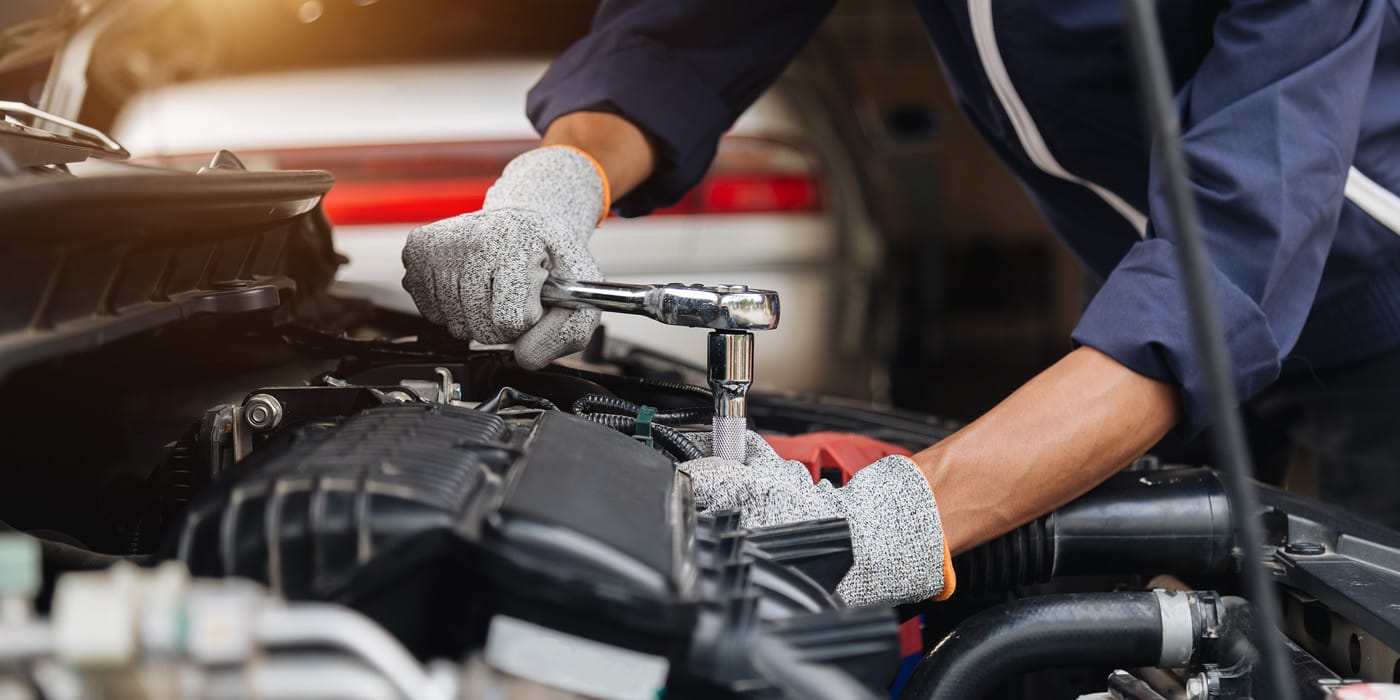
Regular maintenance extends the vehicle’s life by 20 to 40 percent and reduces the breakdown rate by more than 30 percent, according to data. Furthermore, vehicles that receive regular maintenance have a 5% to 10% boost in fuel efficiency, which translates into significant operational cost savings. For car owners and auto specialists to maintain the functionality and safety of their vehicles, it is essential to grasp the fundamentals of auto maintenance.
1. What Does Car Servicing Include
1.1 Engine Maintenance

The engine is the vehicle’s primary power source, and its performance and longevity are directly impacted by the quality of maintenance. Engine maintenance usually include replacing oil and filters on a regular basis, as well as cleaning the fuel system. According to professional data, the failure rate of an engine that has not been maintained is more than 50% higher than that of a properly maintained engine. Furthermore, the quality and purity of the oil is directly proportional to the rate of engine wear. According to studies, regular oil changes can minimize engine component wear by up to 30%, greatly increasing their service life.

The main purpose of motor oil is to lubricate, cool, and clean internal components. However, continued usage can cause the oil to oxidize and degrade, introducing metal shavings and impurities and reducing its lubricating effectiveness. That’s why vehicle manufacturers often recommend changing the oil every 5,000 to 10,000 kilometers (depending on model and usage). Filter adjustments are also crucial because they effectively filter pollutants from the oil, preventing particles from entering the engine interior and lowering the likelihood of breakdowns. Regular oil and filter changes not only maintain the engine clean, but also ensure that it operates efficiently and smoothly.
1.2 Brake system inspection
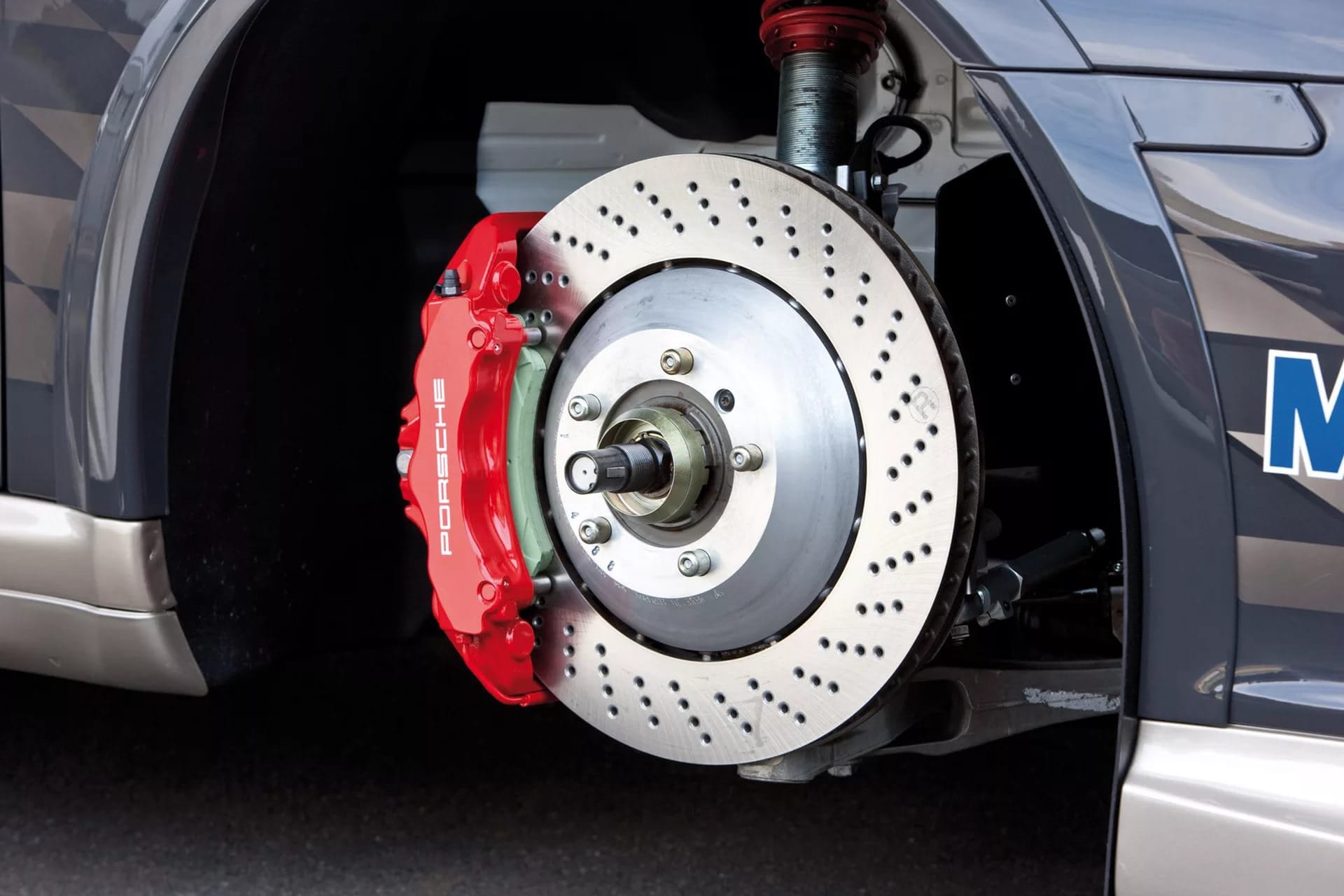
The brake system is critical to driving safety, and its performance directly influences braking effect and response time. The major components of the brake system are brake pads, brake fluid, and brake discs. According to studies, vehicles that do not maintain their brake systems may increase their braking distance by more than 20% in emergency braking circumstances, significantly increasing the danger of an accident. Thus, regular maintenance and repair of brake system components is critical for safe driving.
During braking, brake pads scrape against the brake disk to slow the car down. The gradual weakening of brake pads diminishes braking efficacy. It is advised that brake pads be tested every 30,000 to 50,000 kilometers and replaced when their thickness goes below 3 millimeters. The condition of the brake fluid, which transmits braking power throughout the hydraulic system, is also crucial. Brake fluid absorbs air and moisture, lowering its boiling point and affecting braking performance.
It is normally recommended to replace the brake fluid every two years or 40,000 kilometers. Furthermore, wear can cause grooves or cracks on the surface of brake discs, decreasing braking smoothness. Regular inspections and replacement of brake discs as needed will ensure the overall performance of the braking system. Suspension and Tire Maintenance
1.3 Suspension and Tire Maintenance
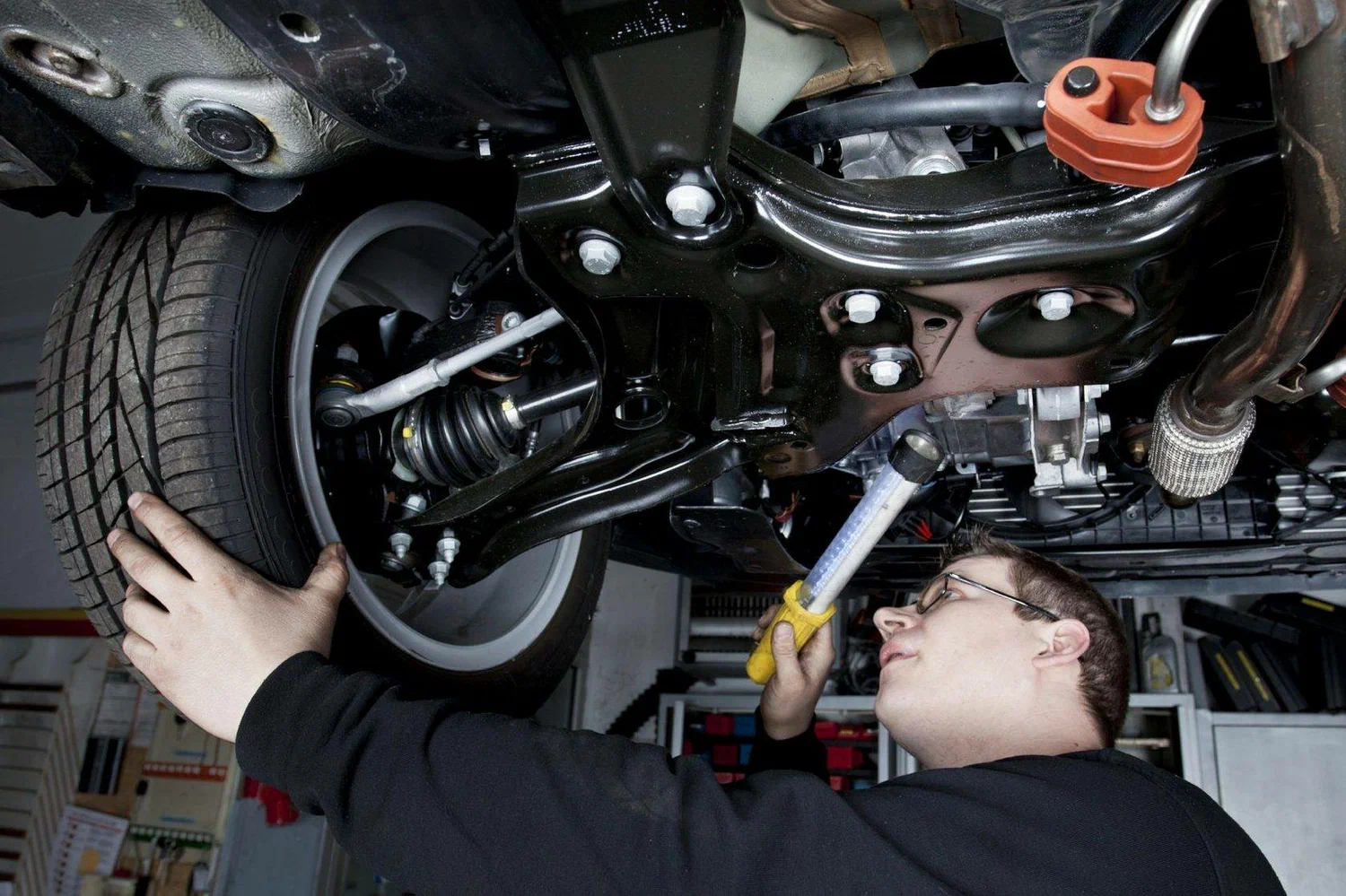
Suspension and tire maintenance are critical for assuring driving safety and vehicle performance. Tire pressure, tread wear examination, and four-wheel alignment are essential maintenance tasks. Data reveal that low tire pressure can result in a 3% drop in fuel efficiency, whereas insufficient or excessive tire pressure causes uneven tire wear, increases the chance of a blowout, and affects suspension system stability.
Maintaining optimum tire pressure ensures even grounding of the tires, which improves grip and stability while also improving driving safety. At the same time, tread wear enhances the tire’s life. Tire manufactures typically recommend checking tire pressure every 5,000 kilometers. Four-wheel alignment is essential for preserving suspension and tire synchronization, preventing excessive tire wear, and improving vehicle handling. Studies have shown that a proper four-wheel alignment can increase tire life by more than 15%. Regularly checking tire pressure, tread wear, and four-wheel alignment not only enhances driving comfort and safety, but also saves fuel consumption, resulting in both economic and environmental benefits.
1.4 Electrical System and Battery Inspection
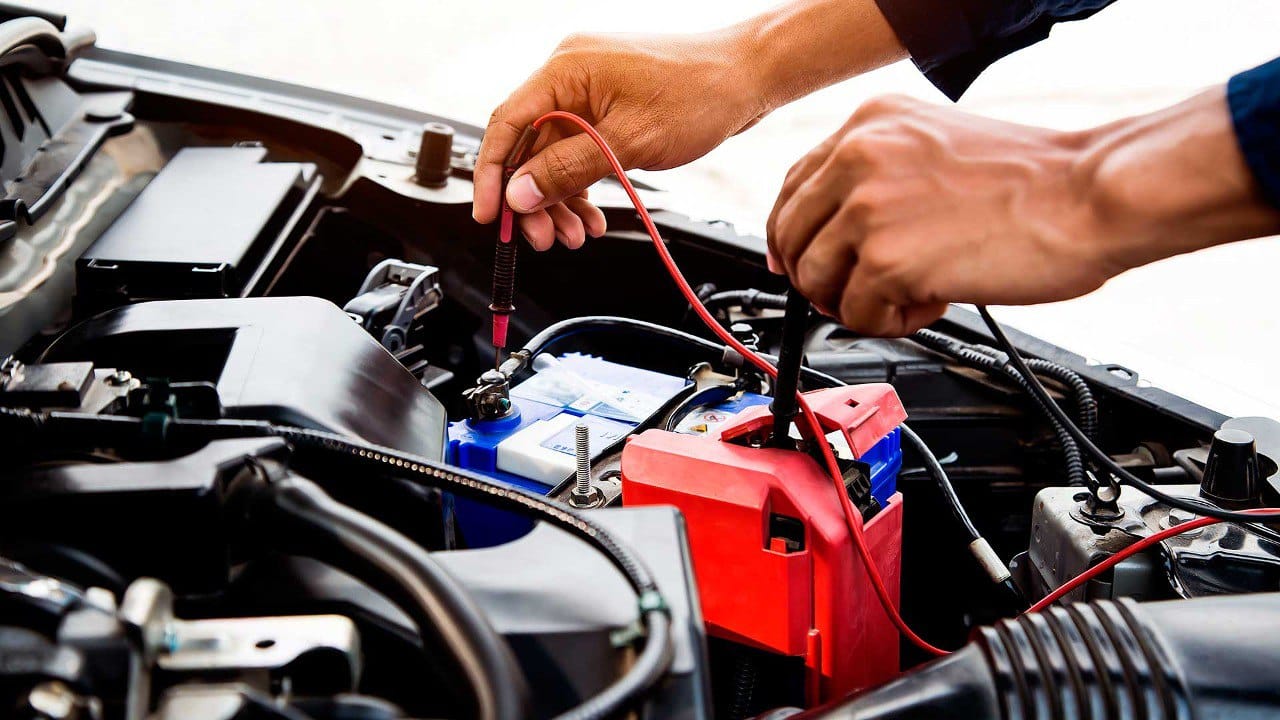
The electrical system is essential for vehicle starting, combustion efficiency, and numerous electronic operations, with the battery and ignition system being especially important. The battery supplies power for beginning, whereas the spark plugs govern the timing of ignition during burning. According to data, a well maintained battery and spark plugs can increase fuel efficiency by 5 to 10%, although battery failure is one of the most prevalent reasons of vehicle starting problems.
Batteries normally last 3 to 5 years, although severe temperatures and regular use might hasten depreciation. For this reason, battery health should be examined every six months to ensure appropriate functioning, including voltage levels, connection stability, and electrolyte levels. Spark plugs should be replaced every 20,000 to 30,000 kilometers, depending on the model and conditions of operation. Aging spark plugs or carbon deposits can cause unstable ignition and reduce combustion efficiency, resulting in increased fuel consumption and emissions. As a result, regular battery life assessments, spark plug replacements, and cable connection checks can effectively safeguard the vehicle’s starting performance and fuel efficiency, hence improving the driving experience and lowering daily operating costs.
1.5 Cooling system and driveline
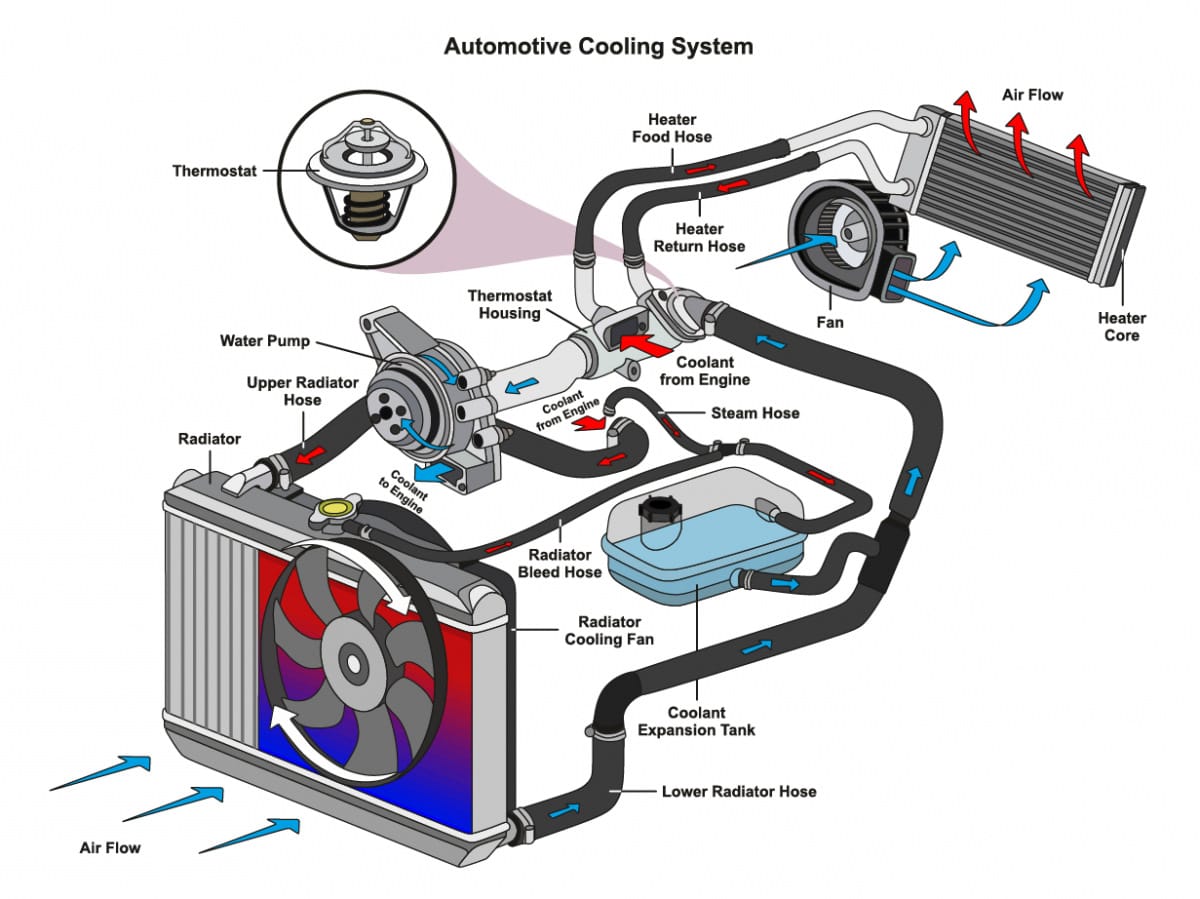
The cooling system and transmission system play critical roles in ensuring that the engine and power transmission run smoothly. Regularly checking the coolant, antifreeze, and drive belt levels will not only keep the engine from overheating, but also ensure that the transmission system runs smoothly. According to statistics, engine overheating accidents caused by cooling system failure account for more than 20% of all vehicle failures, making it critical to have a well-maintained cooling system.
The aim of coolant and antifreeze is to manage engine temperature and prevent damage from high or low temperatures. Coolant levels and condition should be checked every 30,000 to 50,000 kilometers and added or replaced as needed. In addition, the drive belt is an important component that transfers power from the engine to numerous components.
Drive belts can wear or loosen with usage, resulting in lower power transmission efficiency or even breaking. It is recommended that drive belts be replaced every 60,000 to 100,000 km. Regular maintenance of the cooling system and driveline can effectively reduce breakdowns caused by excessive temperatures or wear, extending the vehicle’s life while ensuring efficient power transfer and stable engine performance.
2. Car Servicing Frequency and Schedule
Establishing a clear servicing schedule is critical for maintaining vehicle stability and long-term performance. Regular servicing is often classified as “minor servicing” or “major servicing,” with varied frequencies for each type. Following a scheduled maintenance schedule not only increases the vehicle’s life but also lowers the likelihood of unexpected breakdowns.
- Minor Servicing: Minor servicing is usually done every 6 months or 5,000 kilometers. This includes oil and filter changes, brake system checks, tire inflation, and electrical system inspections. Routine routine servicing keeps the engine and essential components clean and lubricated, reducing wear and maintaining a smooth operation.
- Major Servicing: This is normally done every 1 to 2 years, or every 20,000 kilometers. This includes changing the transmission fluid, replacing the spark plugs, and checking the cooling and suspension systems. A thorough inspection like this improves both fuel efficiency and driving safety.
2.1Recommended Servicing Schedule:
| Servicing Item | Frequency |
|---|---|
| Oil and Oil Filter Change | Every 6 months or 5,000 km |
| Brake System Check | Every 6 months or 5,000 km |
| Air Filter Inspection | Every 12 months or 10,000 km |
| Transmission Fluid Change | Every 1-2 years or 20,000 km |
| Spark Plug Replacement | Every 1-2 years or 20,000 km |
| Coolant Inspection/Change | Every 2 years or 40,000 km |
| Suspension System Check | Every 2 years or 40,000 km |
By adhering to this plan, drivers may improve the operation of each system, reduce the likelihood of malfunctions, and provide a safe driving environment.
3. Benefits of Regular Car Servicing
Regular car maintenance is essential not only for keeping your vehicle’s appearance and performance in good condition, but also for ensuring safe driving and extending its life. Here are some significant advantages of frequent car maintenance:
3.1 Improve safety:
Regular maintenance significantly decreases the danger of vehicle breakdowns and ensures that all important systems, such as brakes, tires, and lights, are always in good working order. According to the American Automobile Association (AAA), timely maintenance minimizes the number of traffic accidents, with vehicle breakdowns accounting for approximately 10% of incidents. As a result, frequent inspections and maintenance help car owners keep themselves and others safer.
3.2 Prolonged service life:
Vehicle components wear out over time, and regular maintenance prevents excessive wear and strain on essential components, extending the overall life of the vehicle. One study found that automobiles that are consistently maintained can live 15 to 20 percent longer than unmaintained vehicles. Vehicle owners may keep their vehicles running at peak performance by changing oil, filters, brake pads, and other components on a regular basis.
3.3 Improve Fuel Efficiency:
Keeping your engine, tires, and other systems in good condition can dramatically increase fuel efficiency. According to the U.S. Department of Energy, frequent oil changes and clean air filters can increase fuel economy by around 10%. Furthermore, ensuring that tires are properly inflated can enhance fuel economy and lower fuel expenditures each mile, leading in long-term savings.
3.4 Increase Vehicle Resale Value:
Vehicles that are routinely maintained have a greater resale value on the secondhand market. Carfax, a vehicle history reporting organization, found that vehicles with a comprehensive maintenance record often cost a 20% premium. Potential purchasers are more likely to choose a car with a solid maintenance history since it lowers the likelihood of future repairs and provides peace of mind.
To summarize, proper automotive maintenance not only improves safety, extends vehicle life, and promotes fuel efficiency, but it also increases the vehicle’s market value. Vehicle owners should highlight the necessity of regular maintenance to keep their vehicles in the best possible condition and performance.
4. Conclusion: The Importance of Car Servicing
Regular car maintenance is a beneficial practice that every car owner should adopt, not only to increase driving safety but also to lengthen the vehicle’s life. Regular inspections and maintenance allow automobile owners to identify and handle possible problems in a timely way, preventing larger and more expensive repairs. Vehicle owners may ensure that all vehicle systems are in good operating condition with the assistance of a skilled mechanic, resulting in a safe and dependable driving experience for themselves and others.
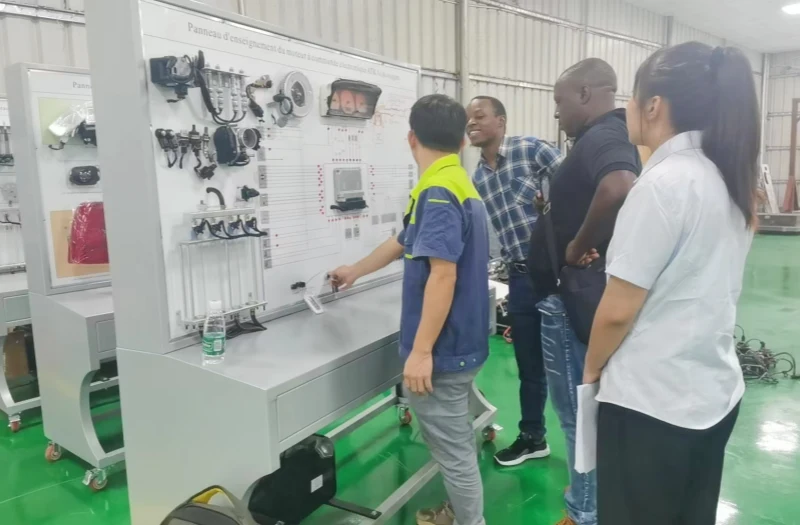
Consider using professional training equipment to augment teaching at automotive training institutes or schools. This can help students develop their practical skills and better comprehend and grasp the necessity of car maintenance. This not only improves students’ hands-on skills, but also lays a solid foundation for their future jobs. If you want to improve the quality of your training, please visit our webpage and learn more about our Automotive Training Equipment.

